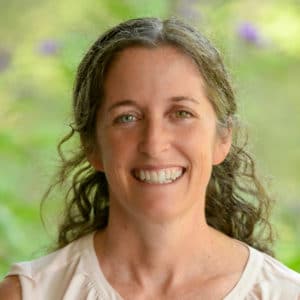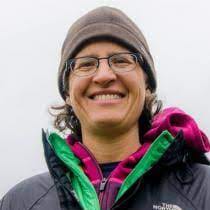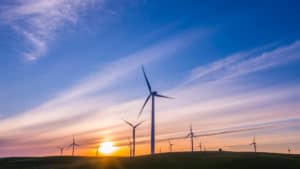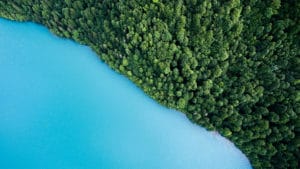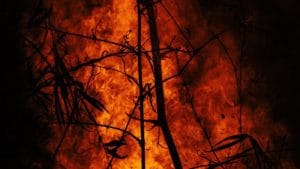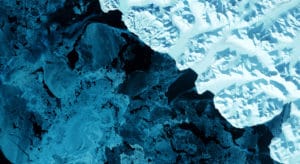KANEB LECTURE SERIES: BEYOND 1.5
Ecosystems that have long absorbed and stored carbon threaten to become emissions sources, and ice sheets may be committed to complete melting long before they’ve disappeared. This cutting-edge discussion asks how close we are to climate tipping points, and what it would take to turn around.
Arctic permafrost and tropical forests are two of the most powerful natural drivers of our climate system, and both are approaching the point of tipping from carbon sinks to carbon sources–with potentially catastrophic consequences. At the same time, the ice sheets of Greenland and Antarctica are nearing points of no return, beyond which they may be committed to complete melting that would cause massive sea-level rise. Continuing to emit greenhouse gases without knowing where these tipping points lie is like driving toward a cliff in the fog. This gripping event will explore what we know–and need to know–to avoid going over the cliff.
From The Guardian: Bob Ward, the policy and communications director at the Grantham Research Institute on Climate Change and the Environment at the London School of Economics, said: “Scientists have identified several potential regional and global thresholds or tipping points in the climate beyond which impacts become unstoppable or irreversible, or accelerate. They could create huge social and economic responses, such as population displacements and conflict, and so represent the largest potential risks of climate change. Tipping points should be the climate change impacts about which policymakers worry the most, but they are often left out of assessments by scientists and economists because they are difficult to quantify.”




